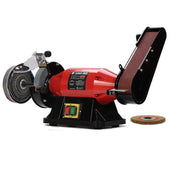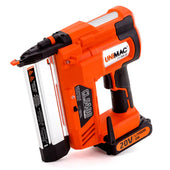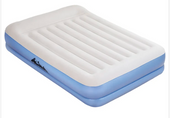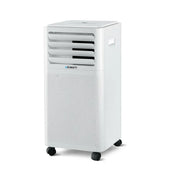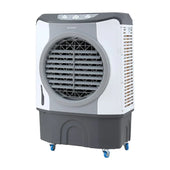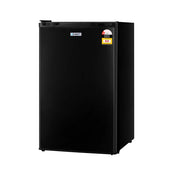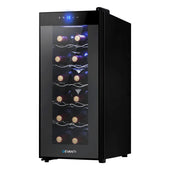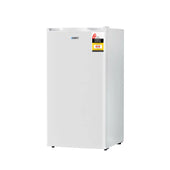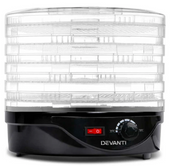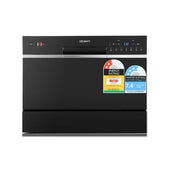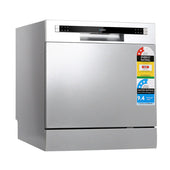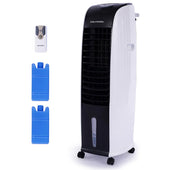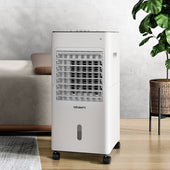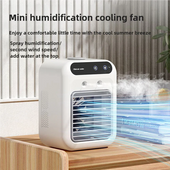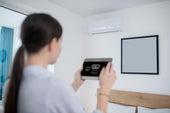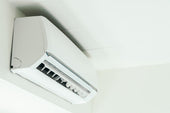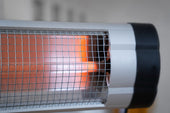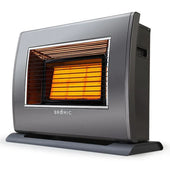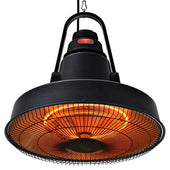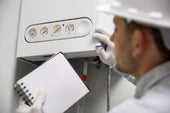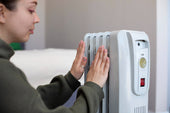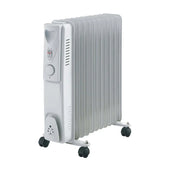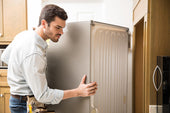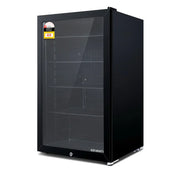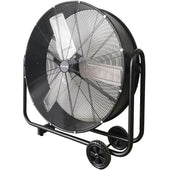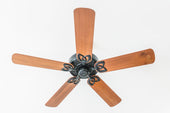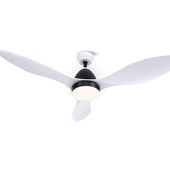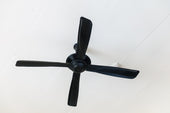Introduction: Understanding the Basics of Oven Types
Ovens form an essential part of any kitchen, yet their functionality varies significantly based on the type. Two primary categories—convection ovens and conventional ovens—dominate the market. Conventional ovens utilise stationary heat, typically provided by heating elements located at the top and bottom. In contrast, convection ovens incorporate a fan and exhaust system to distribute heat evenly.
While conventional ovens are well-suited for recipes requiring steady, concentrated heat, convection ovens excel at promoting faster, more uniform cooking. During days, understanding these differences is vital for choosing the right oven, as baking results depend heavily on temperature consistency and airflow within the appliances interior.
How Do Convection Ovens Work?
Convection ovens operate by circulating hot air within the oven cavity using an integrated fan and exhaust system. Unlike conventional ovens, which rely on radiant heat from the top and bottom elements, convection ovens use this continuous air movement to maintain even temperatures and eliminate hot or cold spots. The fan actively pushes heated air around the food, creating a consistent cooking environment.
This mechanism leads to quicker heat transfer, reducing cooking times and providing uniform browning or crisping. The exhaust system also helps to evacuate excess moisture, ensuring baked goods achieve the desired texture. Adjusting recipes may be necessary due to the enhanced efficiency.
The Science Behind Conventional Ovens
Conventional ovens rely on two main heating elements—one located at the base for baking and another at the top for broiling or browning. Heat is generated directly from these elements, and it radiates or rises to warm the oven chamber.
Cooking in a conventional oven depends heavily on conduction and natural convection. The hot air inside the oven naturally circulates as it rises and falls due to temperature differences, but this movement is uncontrolled and uneven.
Additionally, placement of trays or pans can block airflow, creating hotspots and cold zones. As a result, baking may require periodic rotation for consistent cooking or browning.
Key Differences Between Convection and Conventional Ovens
Convection ovens utilise a fan and exhaust system to circulate hot air evenly within the cooking chamber, ensuring consistent heat distribution. Conventional ovens rely solely on radiant heat from stationary heating elements located on the top and bottom, which can result in uneven baking.
Convection ovens generally cook food faster, as the moving air speeds up the baking process, while conventional ovens often require longer cooking times. Additionally, convection ovens provide better browning and crisping due to the movement of hot air, whereas conventional ovens may leave certain parts of food undercooked.
Temperature adjustments are typically necessary when using convection ovens since their heat transfer efficiency can make recipes cooked at standard temperatures too hot. Conventional ovens, by contrast, follow standard temperature guidelines without alterations.
Advantages of Using a Convection Oven for Baking
- Even Heat Distribution: Convection ovens circulate hot air consistently, allowing for uniform baking even when dealing with multiple trays. This eliminates the risk of hotspots.
- Reduced Cooking Time: By maintaining steady airflow, convection ovens cook up to 25% faster than conventional ovens, ideal for time-sensitive recipes.
- Crispier and Flakier Results: The constant air circulation removes moisture from the surface of baked goods, improving texture in pies, pastries, and roasted dishes.
- Lower Temperatures Needed: These ovens often require a lower temperature setting, saving energy and reducing the risk of overbaking.
- Versatility: With fan-assisted settings, convection ovens can handle diverse baking tasks, from delicate soufflés to hearty casseroles, more effectively.
Benefits of Baking with a Conventional Oven
Conventional ovens excel in delivering a consistent baking experience due to their stationary heat sources. They rely on radiant heat from the top and bottom elements, allowing for uniform cooking without air circulation interfering. This design enables precise, predictable temperature control, preferred for delicate baked goods like custards or soufflés. The lack of airflow minimises the risk of browning or crisping prematurely, preserving soft textures in cakes or bread. Conventional ovens cater to traditional baking techniques that rely heavily on static heat conditions. Furthermore, users find them simpler to use, with fewer settings to manage, making them ideal for straightforward recipes and novices.
Types of Recipes Better Suited for Convection Ovens
Convection ovens work best for recipes that benefit from even heat distribution and quicker cooking times. These ovens excel at baking pastries, such as croissants and puff pastries, due to their ability to produce golden, flaky layers. Roasted vegetables also thrive in a convection oven, as the circulating air ensures crisp exteriors and tender centres.
For meats like poultry, beef, and pork, convection ovens offer superior browning and quicker cooking, reducing the risk of dryness. Cookies and biscuits bake evenly without hot spots, achieving consistent textures. Similarly, baked pasta dishes and casseroles benefit from uniform cooking, delivering perfectly melted cheese and well-cooked layers.
Ideal Baking Scenarios for Conventional Ovens
Conventional ovens work best for recipes requiring consistent heat and traditional baking methods. They excel in situations where even, steady cooking is necessary, making them ideal for cakes, muffins, and quick breads. Their direct heat from the top and bottom is particularly suited for delicate dishes that could dry out in a convection setting.
Key ideal scenarios include:
- Baking cupcakes and sponge cakes, where a gentle heat ensures fluffiness.
- Preparing casseroles that need even cooking without a crisp outer layer.
- Baking custards and cheesecakes, which call for low temperatures to avoid curdling.
- Cooking loaves of bread that require mild crust formation.
Careful attention to temperature settings ensures optimal results in these cases.
Energy Efficiency: Comparing Convection and Conventional Ovens
Convection ovens are often more energy-efficient than their conventional counterparts due to their use of a fan and exhaust system to circulate hot air. This ensures faster and more even cooking, reducing overall cook times. Shorter baking durations translate directly into less energy consumption.
On the other hand, conventional ovens rely on static heat, which typically results in longer preheating and cooking times. The absence of air circulation may also lead to uneven heat distribution, requiring additional energy to achieve the desired results.
Factors such as insulation quality and usage habits can also affect energy consumption in both types of ovens, highlighting the importance of proper maintenance.
Tips for Baking Success: Adjusting Recipes for Convection Ovens
When using a convection oven for baking, adjustments are essential to achieve consistent results. Convection ovens bake quicker and more evenly due to the circulating hot air. Here are practical tips to modify recipes:
- Lower the Temperature: Reduce the oven temperature by 10–15°C to avoid overbaking.
- Check Early: Start checking for doneness 5–10 minutes earlier than the recipe suggests.
- Use Shallow Pans: Opt for low-sided pans to allow air to circulate efficiently.
- Avoid Overcrowding: Leave space between trays to maximise airflow within the oven.
- Turn Off Fan for Delicates: For delicate items like soufflés, switch off the fan to prevent uneven rising.
These adjustments help optimise baking performance in convection ovens.
Common Misconceptions About Convection and Conventional Baking
Many assume that convection baking is always better than conventional baking, but this belief can lead to unintended outcomes. Convection ovens may cause baked goods, such as cakes, to rise unevenly due to the fan's airflow. Similarly, people often believe conventional ovens are outdated, yet they excel at delicate recipes needing gentle heat.
A common misunderstanding is that convection ovens cook faster simply because of the fan. While they generally do, the efficiency depends on the recipe. Some also mistake convection settings as interchangeable with conventional modes, ignoring adjustments needed for time and temperature. Misjudgements often stem from comparing rather than recognising distinct strengths.
Maintenance and Durability: Which Oven Lasts Longer?
The lifespan and maintenance requirements of an oven largely depend on its type, build quality, and usage patterns.
- Conventional ovens tend to have a simpler design with fewer moving parts. This makes them easier to repair and, in some cases, results in extended longevity. Repairs often involve replacing heating elements or thermostats, which are relatively straightforward and affordable.
- Convection ovens, equipped with fans and additional electronic components, may require more frequent maintenance to ensure optimal performance. Fans can wear out over time, and advanced controls may need recalibrations or repairs.
Proper cleaning, regular inspections, and avoiding overuse significantly improve the durability of both oven types. Choosing reputable brands with reliable warranties can further enhance their lifespan.
Cost Considerations: Investment vs. Value
When evaluating convection and conventional ovens, cost becomes a significant factor. Convection ovens typically cost more upfront due to advanced features like fans and additional heating elements. This higher initial investment may seem daunting, but it can lead to long-term savings. Convection ovens cook food faster and more evenly, potentially reducing energy consumption over time.
Conventional ovens, on the other hand, are often more budget-friendly initially, making them appealing for those with limited funds. However, they may require longer cooking times, which can lead to higher energy costs in the long term.
Understanding upfront costs versus long-term savings helps clarify their overall value.
Which Oven Is Best for Home Bakers?
Choosing the ideal oven for home baking depends largely on the baker’s needs and preferences. Convection ovens, with their built-in fans, offer even heat distribution, making them suitable for recipes requiring crisp textures, such as cookies, pastries, or roasted vegetables. Conventional ovens, on the other hand, provide steady, radiant heat, creating optimal conditions for delicate bakes like cakes and soufflés, where precise temperature control is key.
Key factors to consider include the types of recipes frequently made, energy efficiency, and ease of use. Each oven type has its strengths, so understanding individual baking habits is crucial when making a choice.
Conclusion: Choosing the Right Oven for Your Baking Needs
Selecting the ideal oven hinges on understanding individual baking preferences and requirements. Convection ovens offer the advantage of even heat distribution, making them excellent for achieving crispy crusts, golden pastries, and cooking multiple trays efficiently. On the other hand, conventional ovens are better suited to recipes requiring steady, radiant heat, such as cakes, soufflés, or delicate baked goods that may not fare well with circulating air.
For those baking diverse items, investing in an oven with both convection and conventional settings may provide the most versatility. Consider energy efficiency, kitchen space, and user habits to make an informed decision.



